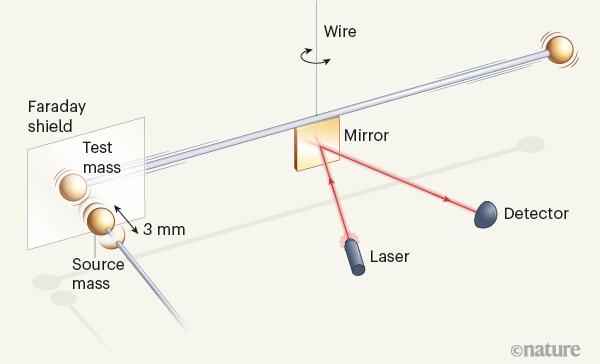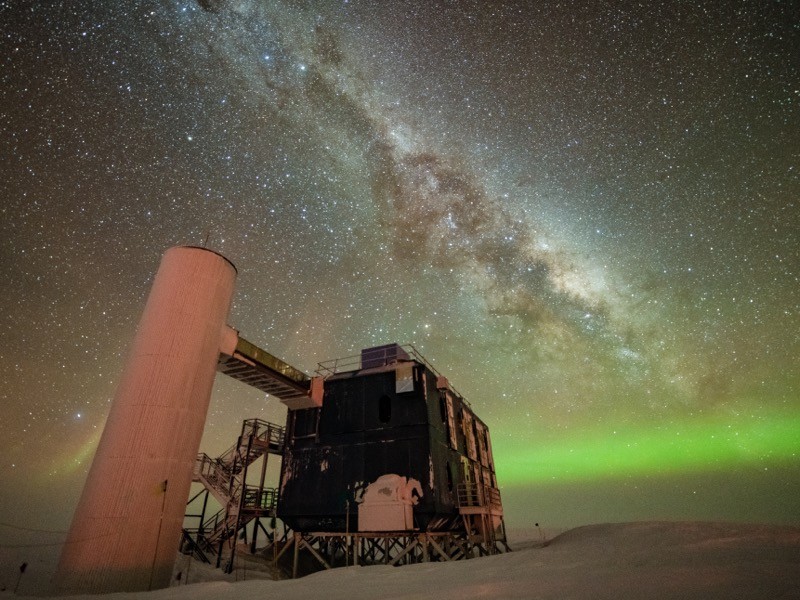Hello Nature readers, would you like to get this Briefing in your inbox free every day? Sign up here
A study that was once trumpeted as evidence for the existence of an exotic quantum state that could revolutionize computing has turned out to be anything but. A 2018 Nature paper, based on work led by researchers at a Microsoft laboratory in the Netherlands, has now been officially retracted owing to what the authors call “insufficient scientific rigour” in the original data analysis. The retraction is a setback for this approach to quantum computing, but some scientists say it should still be possible to create and study the exotic states, known as Majorana fermions, that were the subject of the research. “Even if this is a step back, this is how we make progress,” says physicist Ali Yazdani.
Reference: Retracted Nature paper & retraction note
NASA’s Perseverance rover has returned the first audio recorded on Mars. The microphone on its SuperCam instrument captured Martian wind and the zapping sound of the SuperCam’s laser firing at rock targets.
Physicists have measured the infinitesimal gravitational force between two tiny gold spheres, each about the size of a sesame seed, separated by a few millimeters. Researchers reduced interference by using a Faraday shield between the masses, and the experiment was performed in a vacuum during the least seismically active time of year. “We even detected the first finisher at the Vienna marathon, which ends 2 kilometres outside our lab — that’s how sensitive the experiment is,” says physicist Markus Aspelmeyer. The work could pave the way to a better understanding of fundamental interactions and the quantum nature of gravity.
Go deeper with experimental physicist Christian Rothleitner in the Nature News & Views article. (8 min read)
News & views
A huge neutrino detector in the Antarctic ice sheet might have seen the first evidence of a rare neutrino-interaction process called the Glashow resonance. The IceCube Neutrino Observatory, buried in the deep ice near the Amundsen–Scott South Pole Station, observes eye-wateringly powerful neutrinos produced by sources such as active galactic nuclei and supernovae. The observatory detected a shower of secondary particles that look likely to have been caused by a collision between an electron antineutrino travelling close to the speed of light and an electron in the ice. If confirmed by more observations, the finding provides further confirmation of the standard model of particle physics, proves the existence of cosmic antineutrinos and opens the door to a better understanding of the wild stuff going on in the cosmos.
Features & opinion
The idea that ecosystems have monetary value now has global support — and creates a route to protecting Earth’s endangered regions, argues a Nature editorial. Yesterday, the international community adopted a set of principles for measuring ecosystem health and calculating a monetary value, known as the System of Environmental-Economic Accounting Ecosystem Accounting. Some argue that nature is too valuable to be regarded in the same way as a commodity, or that valuation in the economic sense falsely suggests that someone has ownership rights over something that belongs to us all. The debates will continue, but agreement between the world’s statisticians is nevertheless an important step. “What we measure, we value, and what we value, we manage,” says United Nations chief economist Elliot Harris.
Ecologist and environmental scientist David Schindler, whose dramatic whole-lake experiments proved that phosphates in soap trigger algae blooms, has died aged 80. “He was the greatest and most influential water ecologist on the planet,” says ecologist John Smol. Schindler left an indelible mark on Canadian ecology while living a notable life full of dog sledding and fearless environmental advocacy. “For me, science is like eating and drinking,” Schindler said. “I’d feel pretty empty on a day when I didn’t do any.”


